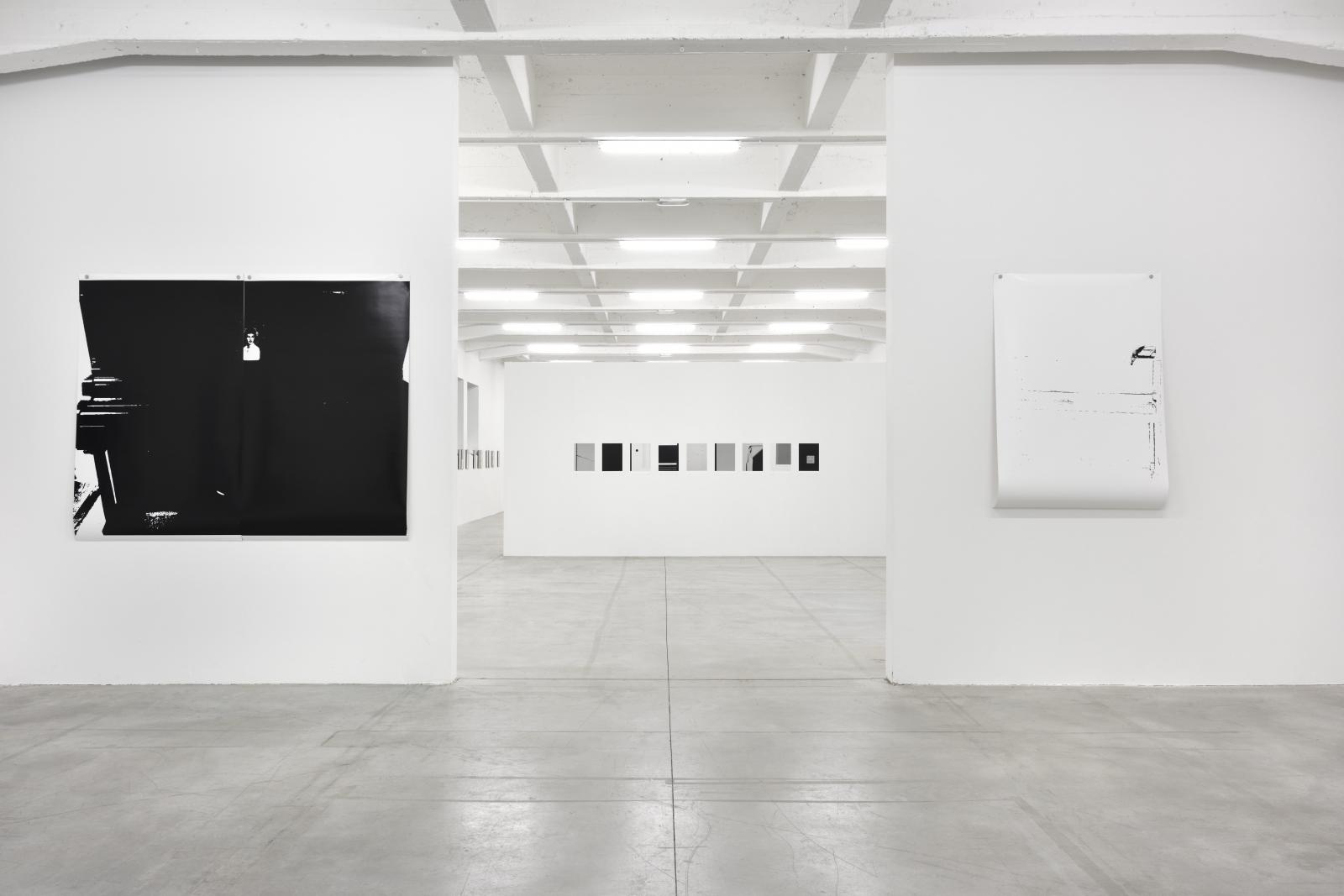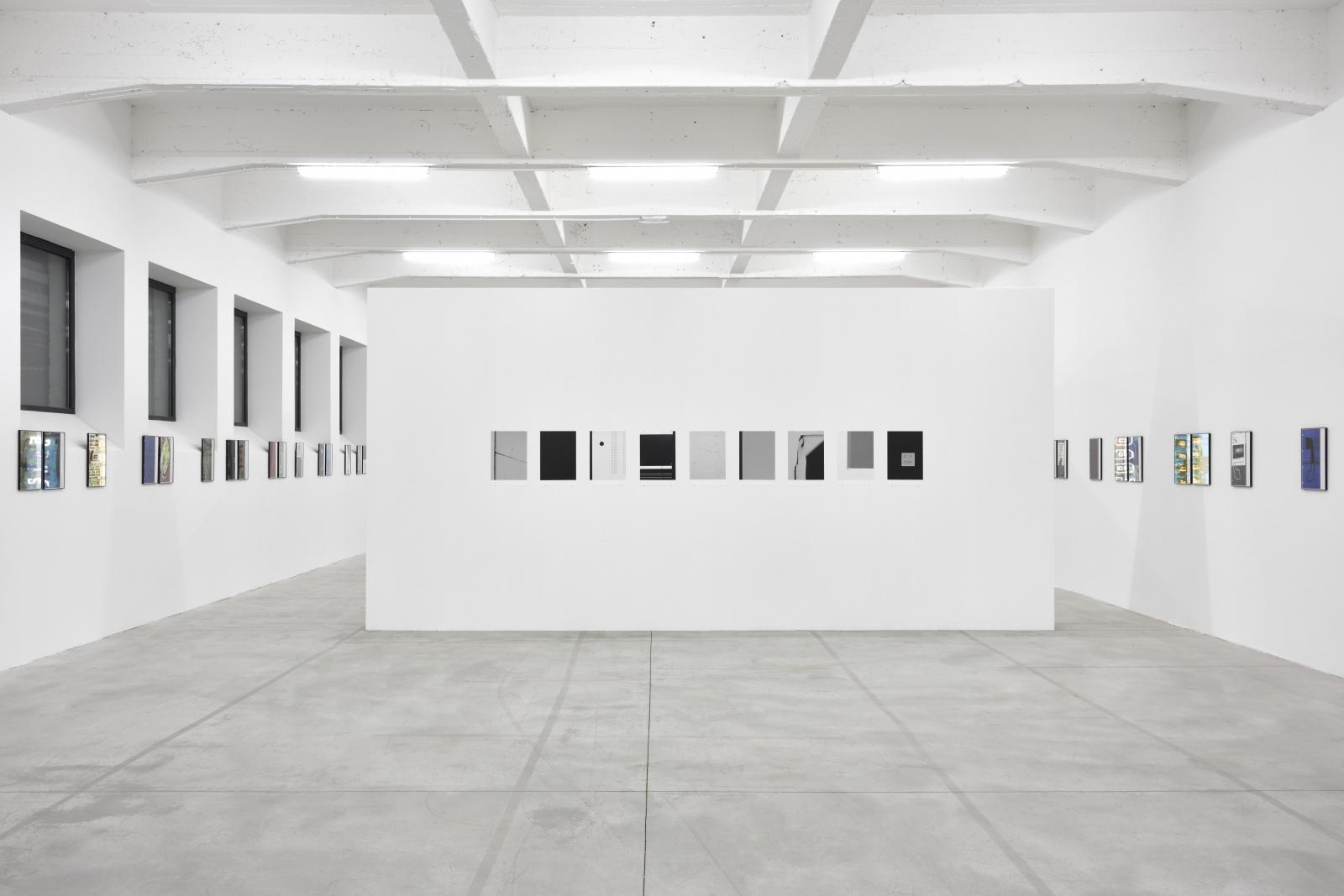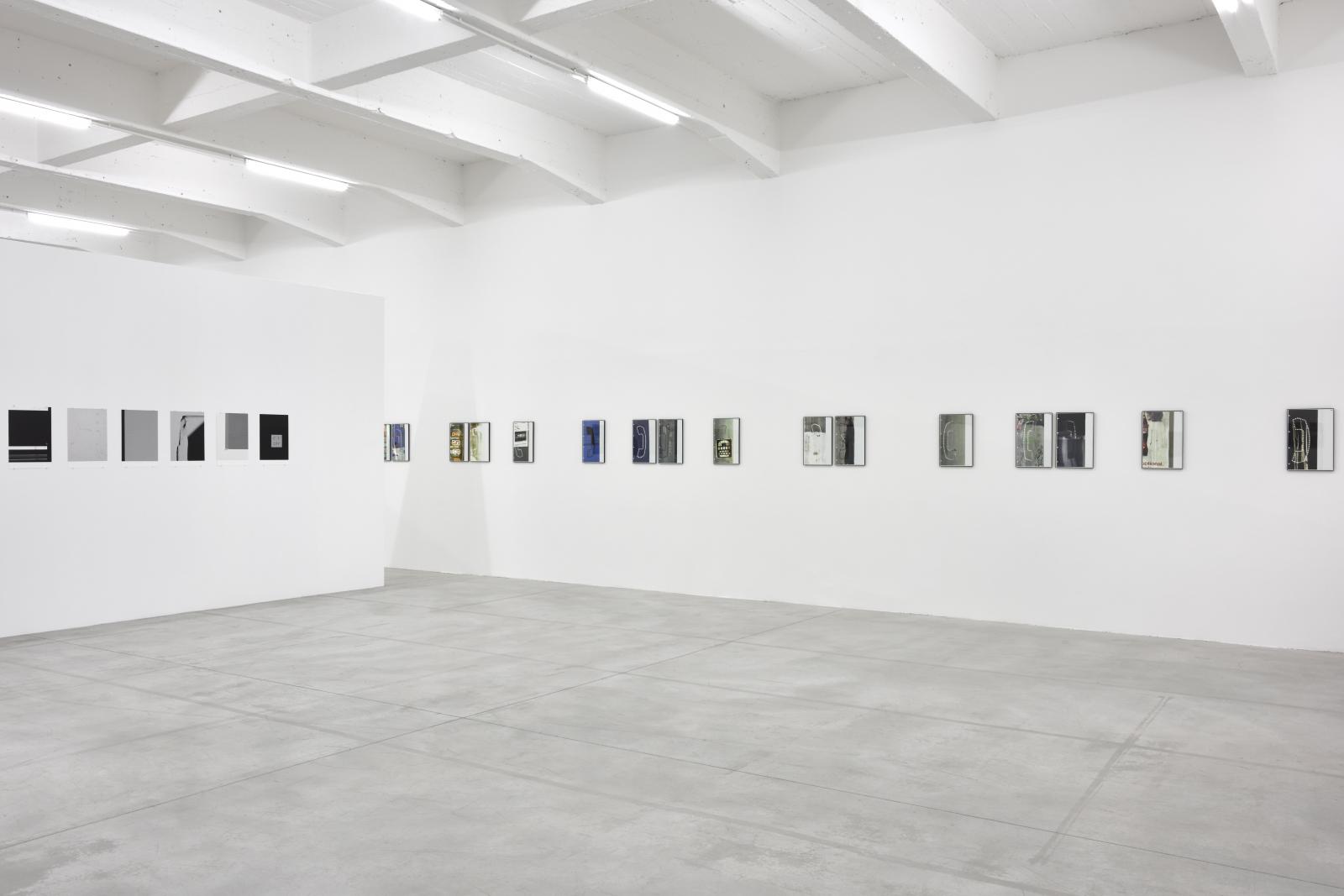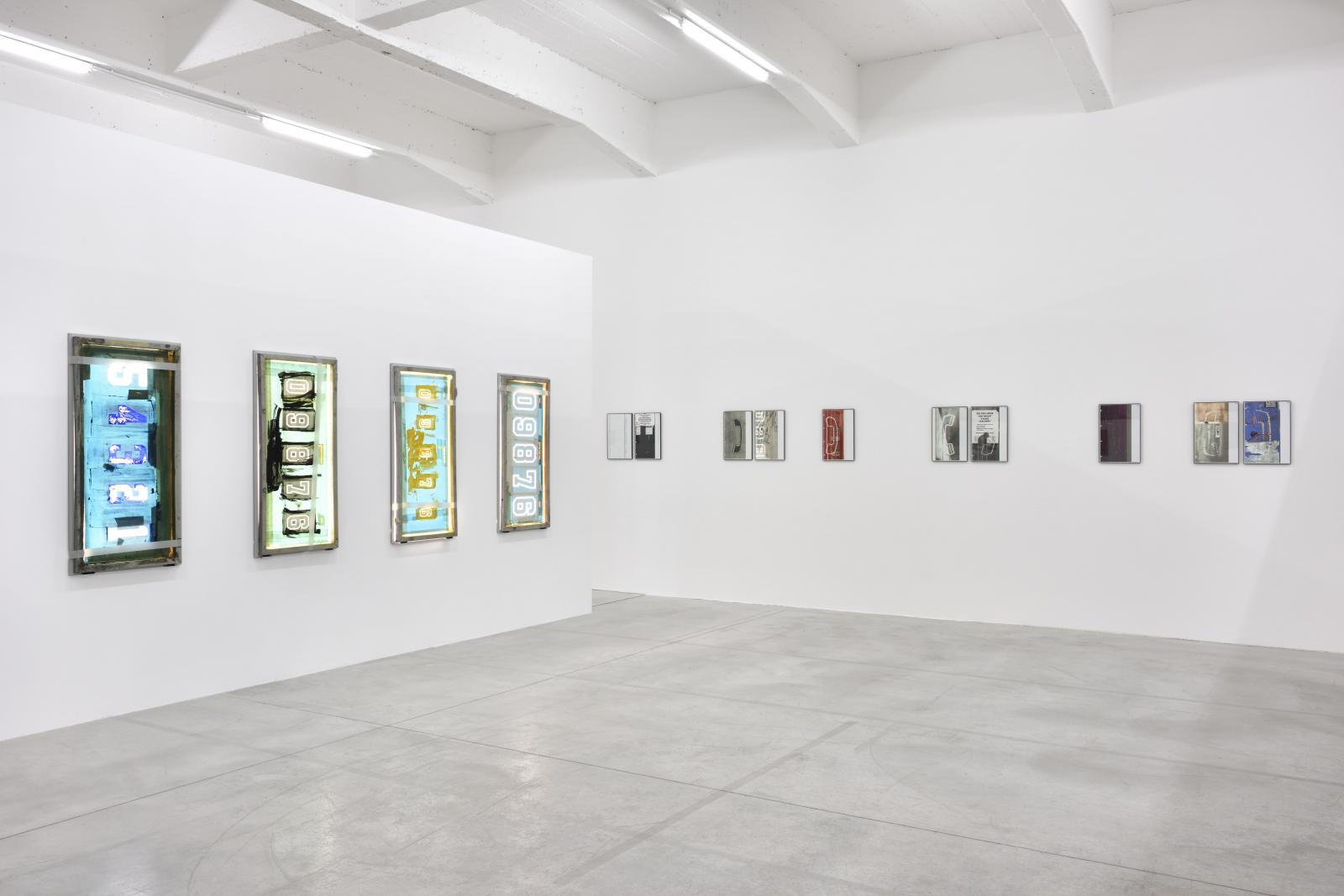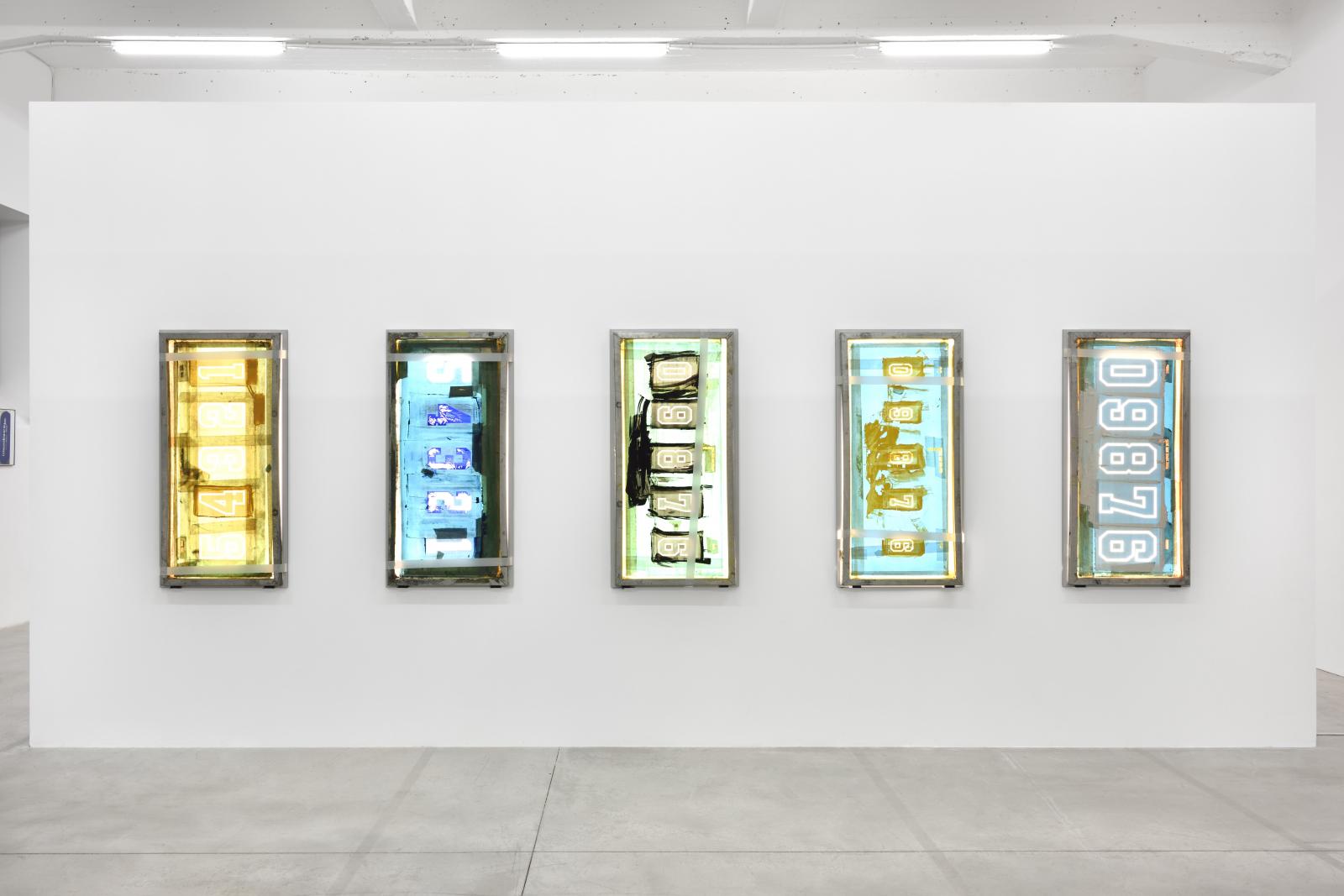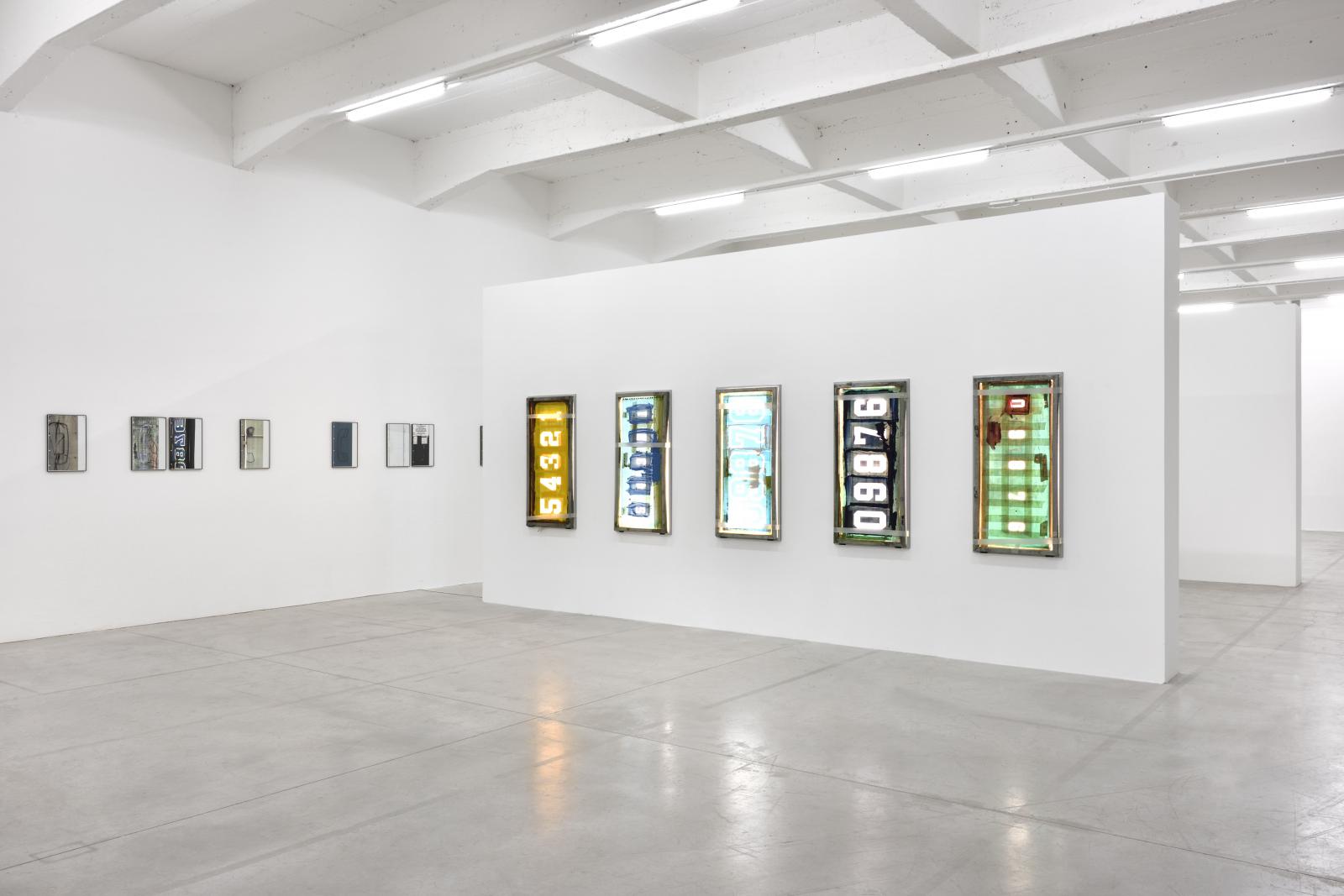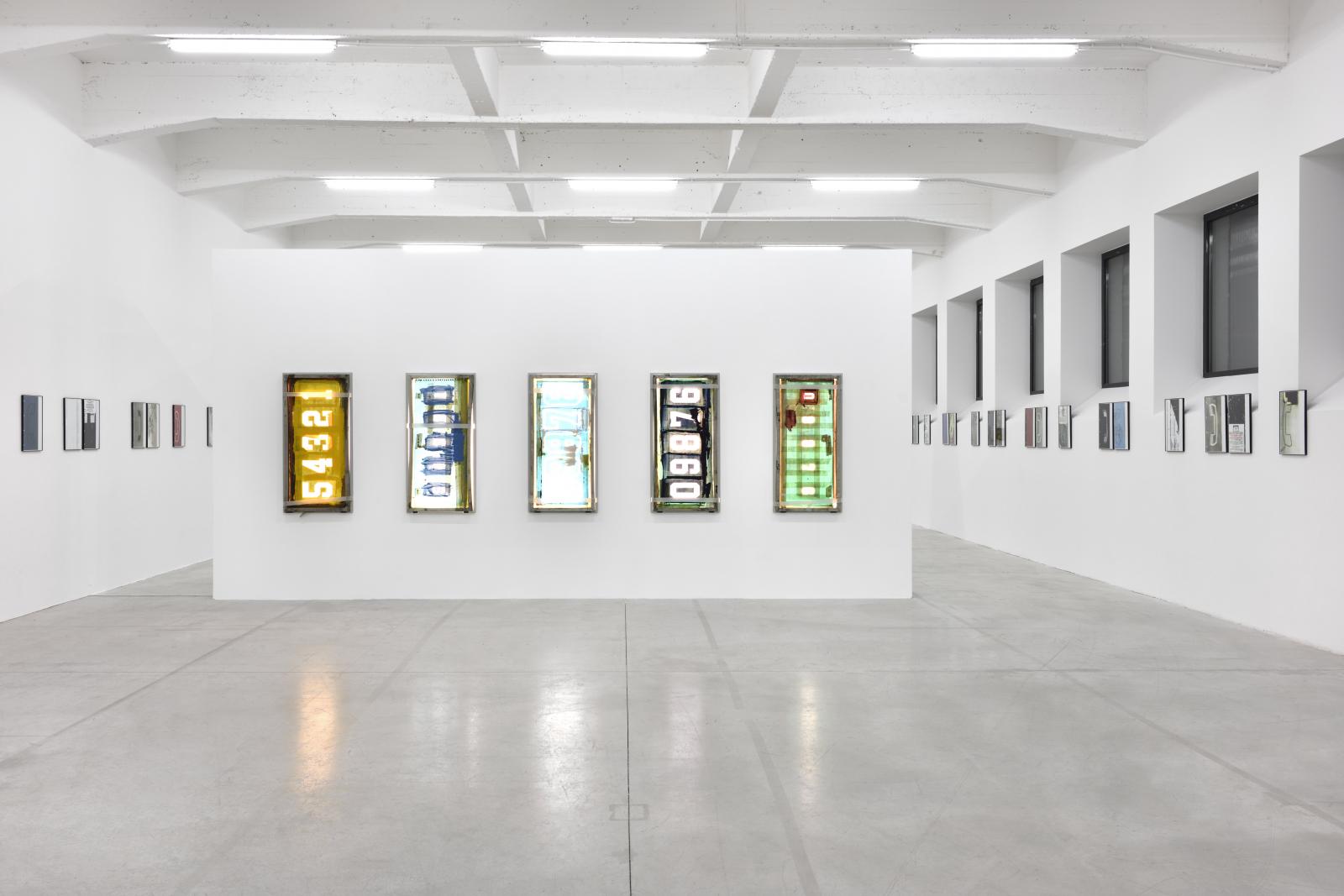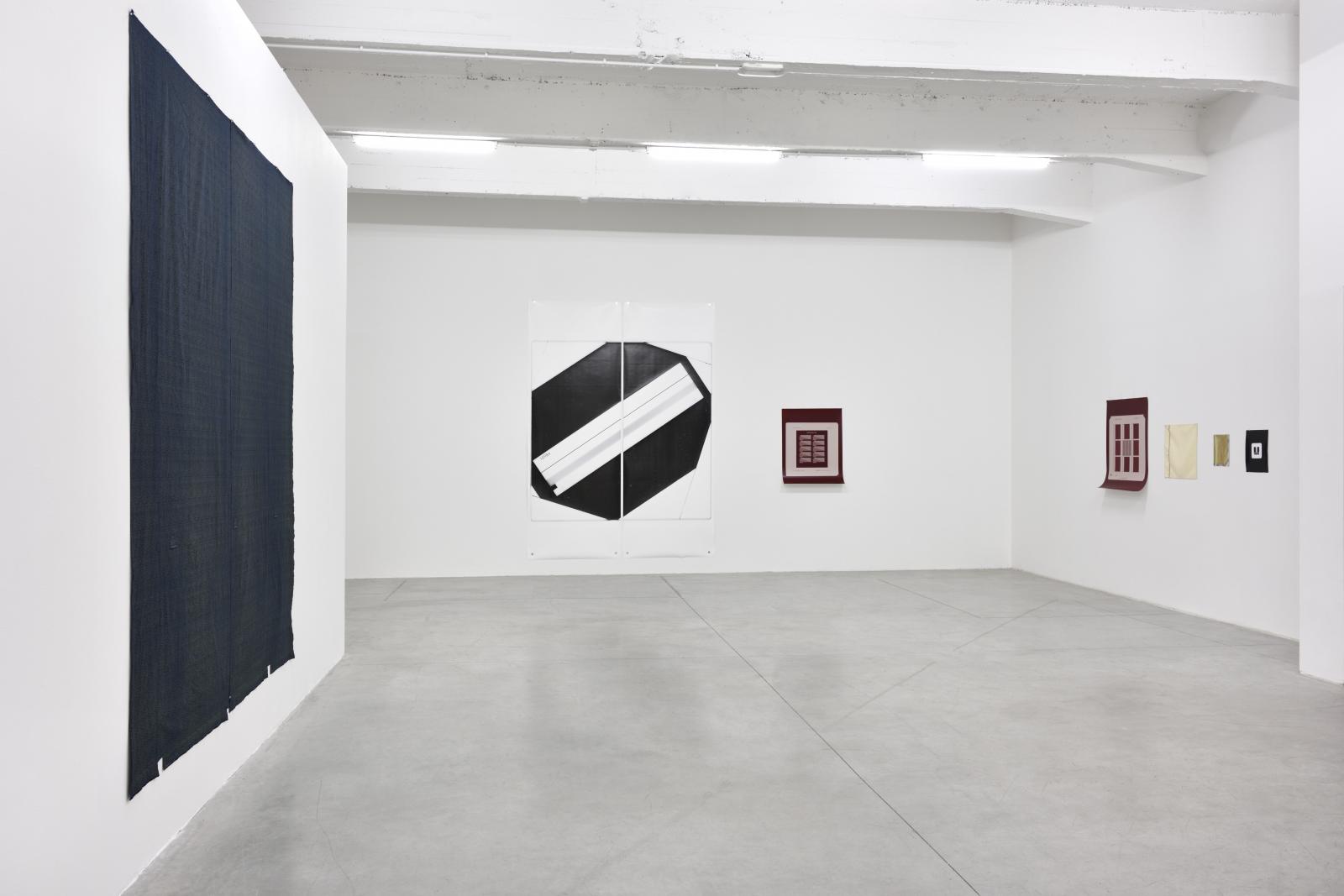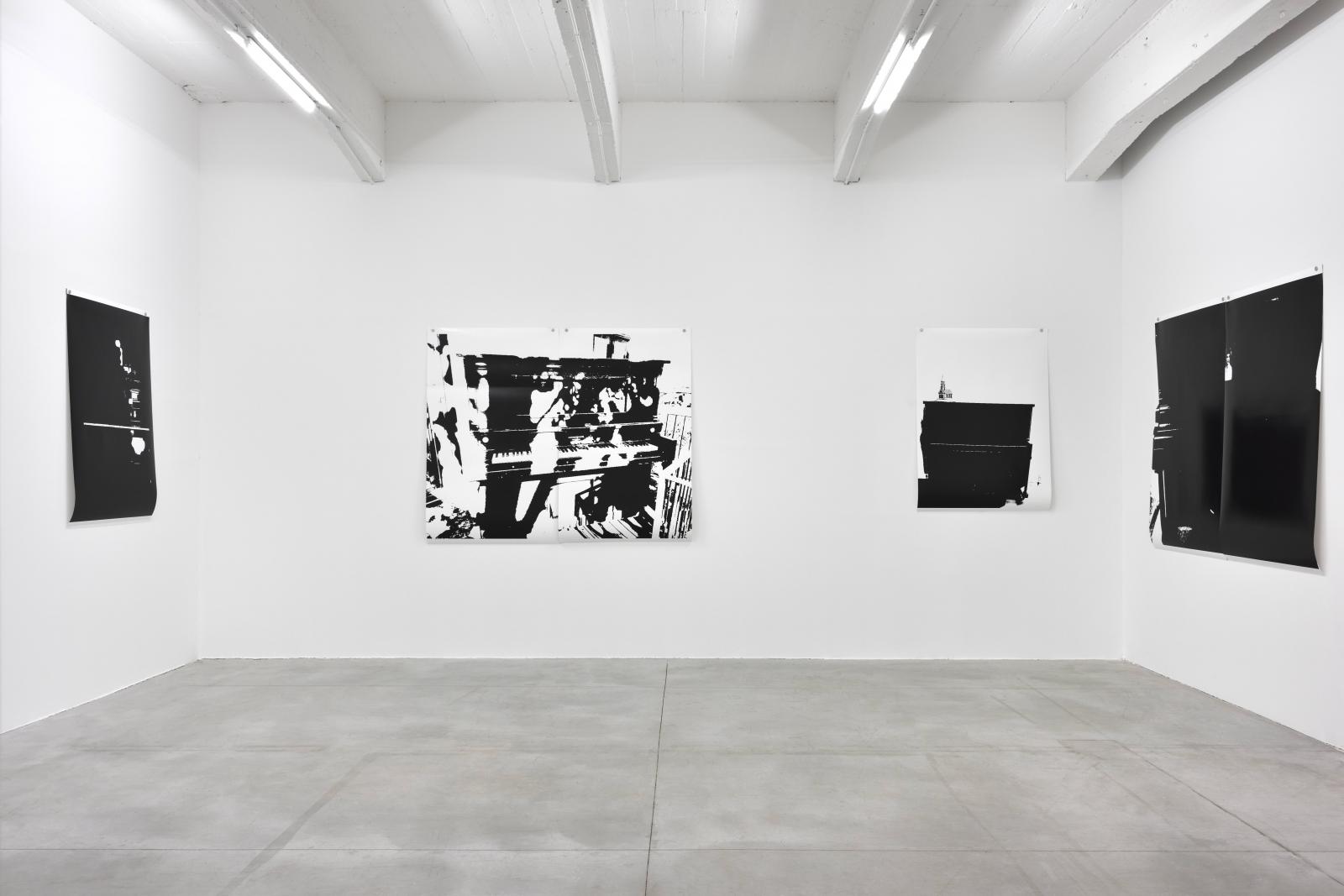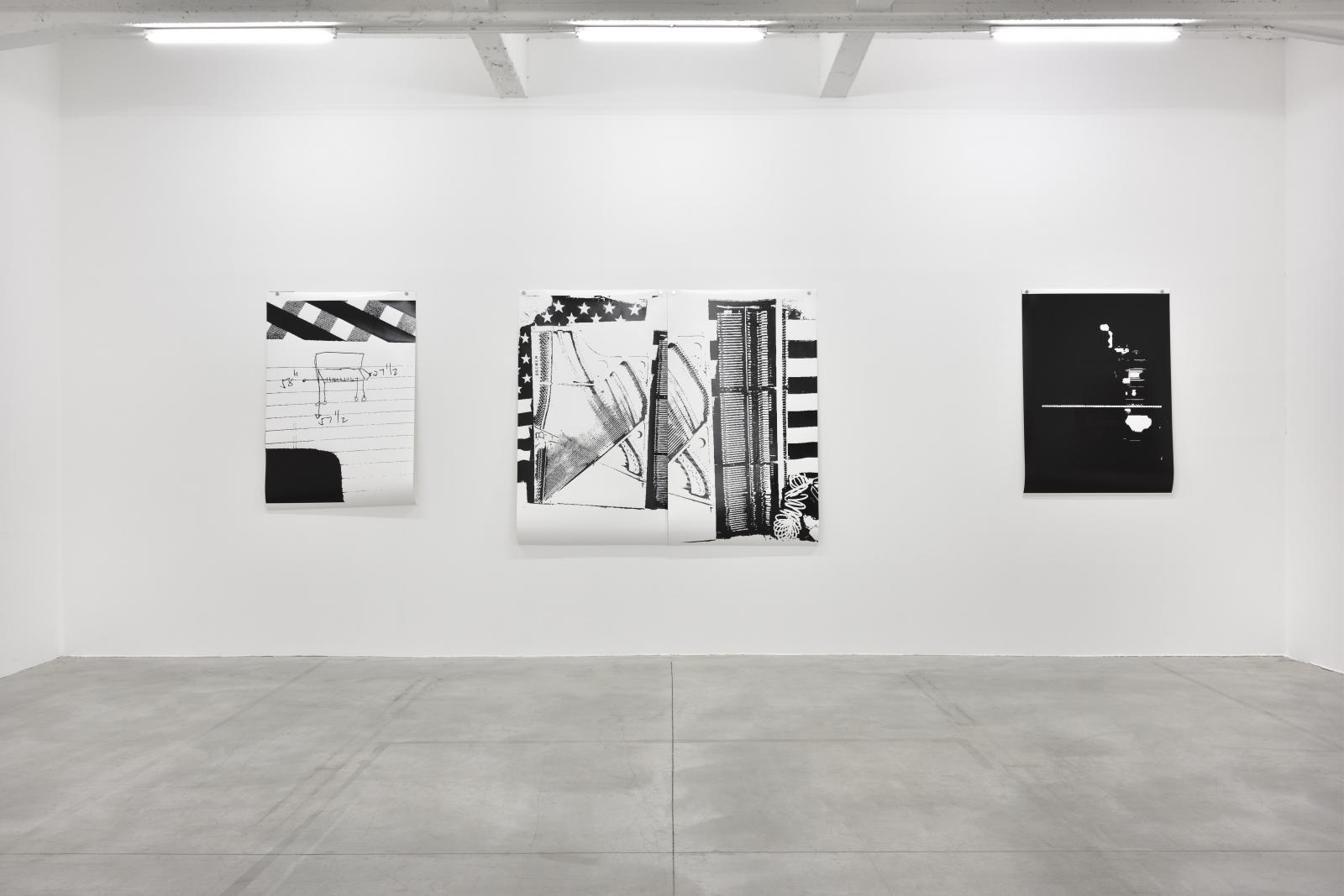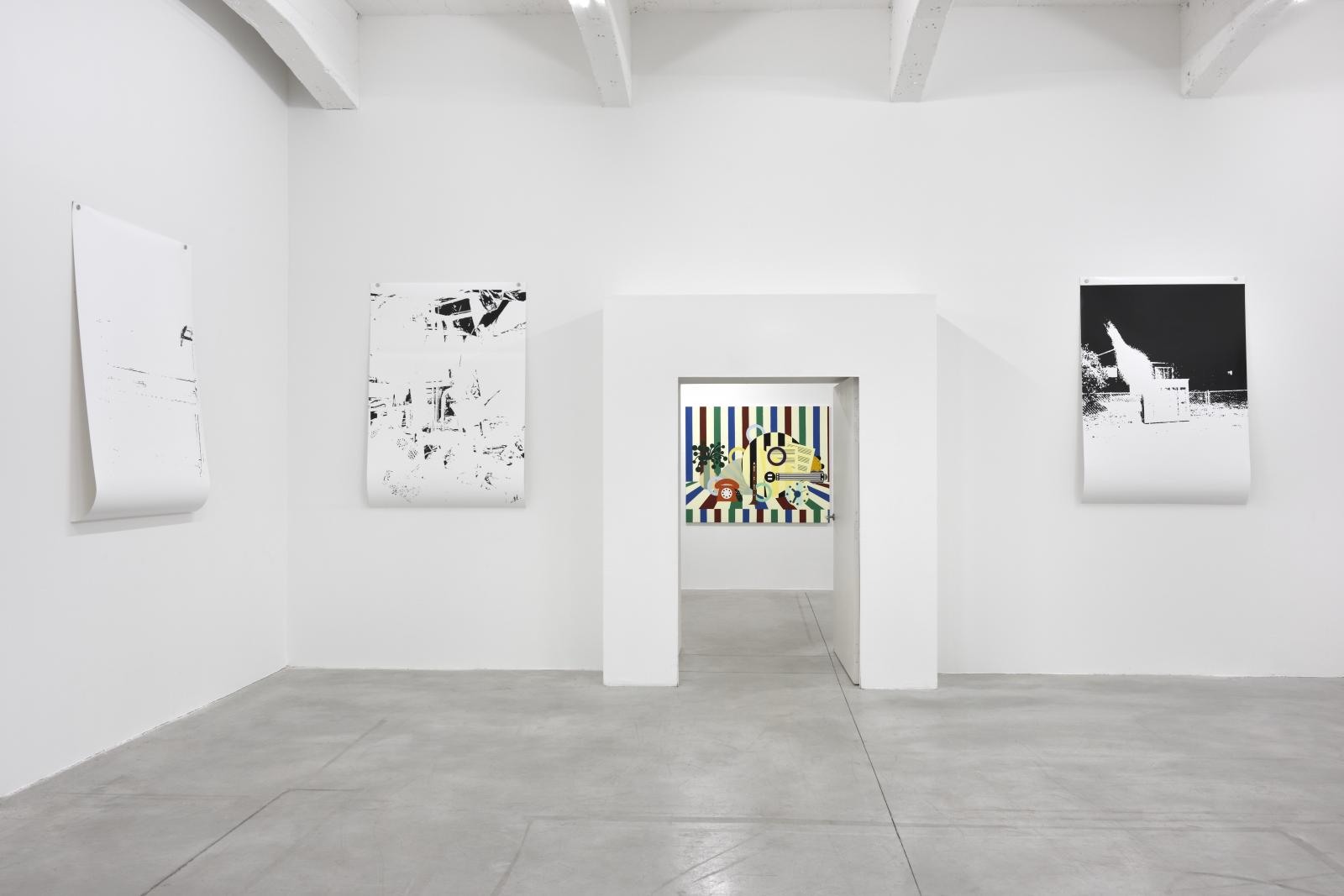Nick Relph
Expeditiously Your Zigzag
Nick Relph (B. 1979, London). Lives and works in New York.
What is to be done? The question of the destiny of production and of its massive spread has not ceased to haunt modernity, at a time when all the powers of accumulation and ownership would have reached their ultimate stage, the terminal phase of capitalism.
Nick Relph belongs to this history in crisis, which has seen the exhaustion of past power and the struggle for redistribution. From this he has learned a few things: a way to be done with the dialectics of “post” and “neo”, to explore various possibilities of narration and appropriation and thus see how more complex information networks are created in which condensed or contracted forms may be produced, mechanisms for images that would not let themselves be deciphered, named, or governed by a single set of references and significations.
What is to be done? For Nick Relph the revolutionary hypothesis has not lost any of its reflexive qualities. It comprehends many other actualized questions about labor, workmanship, about surface. It implies the idea of an eternal renewal, which echoes Samuel Beckett famous Worstward Ho’s motto, “Try again. Fail again. Fail better.”
Indeed, how to keep on and fail to classify those billions of digitized images, these eviscerated screens, these worn out forms; to fail better and think these false typologies, a state of all the things left out there, stripped bare, all these things and their indifferent beauty, these ghost images backlighting our condition as viewers?
Between video, sculpture, prints, photographs, collages, and weavings, Nick Relph’s work since the end of the 1990s has been engaged in the production of borderline objects that contain whole universes, heterogeneous constructions, relationships between exchanges and conflicts.
In the margins of postmodern wanderings and melancholic dead ends, he has doubtless grasped that from now on it is necessary to think beyond subject, object and the combination thereof, to take into account a plurality of modes of existence to work with, with what both anthropological survey and technique may offer as other possibilities for invention.
To work with the fold, the curvature, the détournement, with masking, with complications and implications, with contingencies, with production failures, at the cost of a disjointed intellectual adventure and aesthetic, of a vertiginous position, to be both witness and producer of chaotic locations, of indescribable transferences.
Thus the large-scale installation specifically conceived for the Consortium Museum exhibition, composed of images, screens and surfaces as so many scrap objects or relics from an industrialized visual culture, refers to these collective arrangements, these diffracted contemporary urban visions where the status of all things remains indecisive, where they are autonomous and linked together all at once, where the history of techniques and knowledge is juxtaposed and joins the hypothesis of the representation of a group of objects, of a family without kinship.
Nick Relph undertakes a sort of semiology of (en)closure where various screens (lit screens, perforated screens, semi-opaque screens, information screens), images patiently collected over the years are arranged around relationships between introversion and reflection, between inside and outside, analogue and digital. For him, the screen in all its multiple meanings (projection, protection, obstacle) is a surface where manifestations occur, but is also an opaque medium that prevents and bars identifications.
In his landmark film, Thre Stryppis Quhite Upon ane Blak Field (2010), Nick Relph engages in a complex equation that consists in making various sources converge in a sole image, with excerpts from three documentaries: on Rei Kawakubo’s production for Comme des Garçons, on the fabricated history of Scottish tartans, and finally on American artist Ellsworth Kelly.
By literally deconstructing the structure of the projection device, Relph attributes to each source one of the three colors of the RGB (Red, Green, Blue) image, a detour through the codification of information which here creates some strange holographic effects, spectral oscillations between singular worlds and values presumably distinct from each other, from original to reproduction, between rarity and fleetingness.
Between fashion, art and the textile industry, a whole contemporary history of creation, of the workforce, of value and authenticity––as well as the two apparent sides of the same market for objects, whether unique or multiples––can be perceived. From one to the other, there is no relationship or harmony but the obvious impossibility of a symbolic link that would be orderly and significant.
—Stéphanie Moisdon
